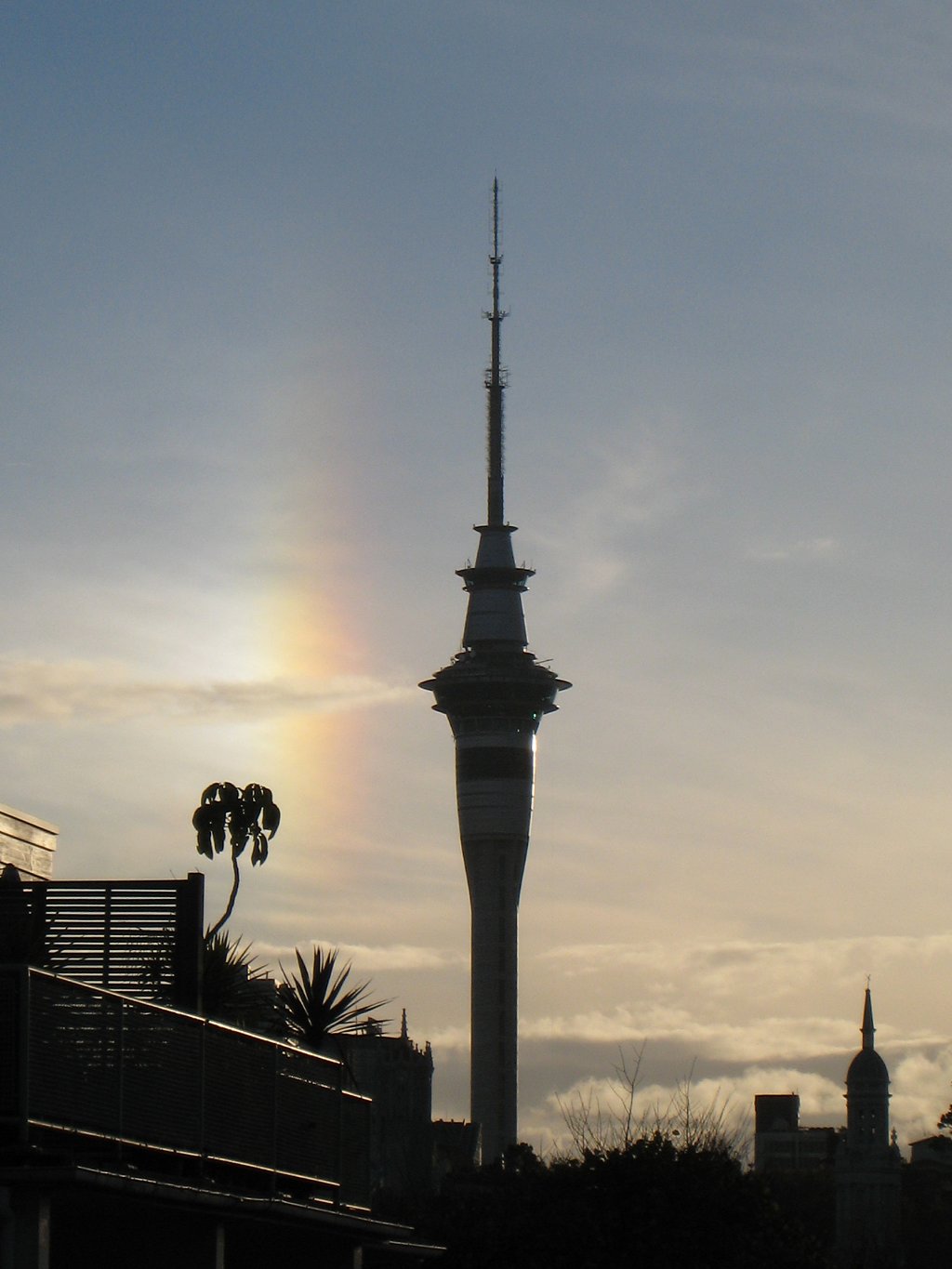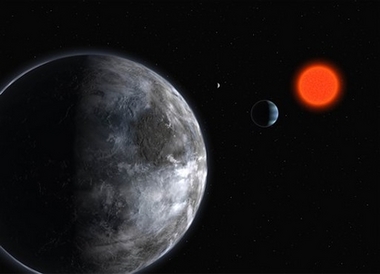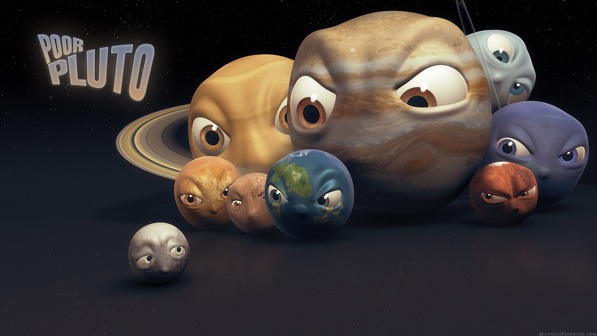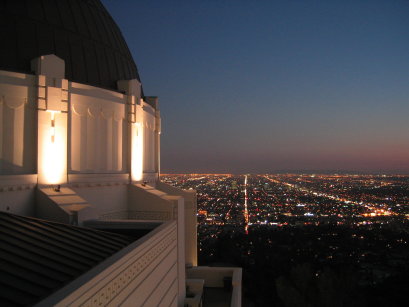Sundogs
Yvette (one of our regulars here) let me know about a photograph that she took of a sundog the other day. It appeared on the Spaceweather website (you’ll need to set the calendar there to June 14th to see it in context), and since there may be a few of you (like me) who wonder what a sundog (or sun dog) is, here it is:
Yvette also put it up on her blog (which is an interesting and nicely illustrated read, by the way) together with a picture of the broader view showing the nearby sun.
My confession today is that I had no idea that is what those optical phenomena were called! No, really. You’ll also find them called parhelia (the plural; singular “parhelion”)…. they are always near the sun, you see. (Less common are the images that form somewhat further away from the sun (a “paranthelion”), or quite a bit further away (an “anthelion”). These are not, as I understand, properly referred to as sundogs.). I always used to wonder about them (and their cousins, the halos you sometimes see around the sun) when I was a child, but never talked to anyone about them back then (I kept a lot of wondering to myself) and the urge to find out what they were called was never strong enough I suppose. I think I’d satisfied myself that they were caused by refraction in the atmosphere, but again, I’ll admit that I’d never really gone and verified this anywhere. (Same for the effects around the moon you can sometimes see.) So I never learned of the significance of 22o, which is the angle the light from the sun bends through when it passes through the hexagonal ice crystals floating in concert in the upper atmosphere. (The other, further away ones are formed at larger angles.) It was when Yvette said sundog that I went a-Googling (as one does) […] Click to continue reading this post








 Physics students in Utah recently attended an event where they learned about concepts like acceleration, velocity, magnetism, and centripetal force.
Physics students in Utah recently attended an event where they learned about concepts like acceleration, velocity, magnetism, and centripetal force. Well, the great news is that the TASI people are making the lectures available online a fairly short time after their delivery. The link is here. So even though not there, you can schedule some time to take these lecture courses if you like. I glanced for a while at Raphael Bousso’s first lecture in the series “Cosmology and the Landscapeâ€, and it was clear and very well presented. (This is not entirely surprising – Raph is always an excellent lecturer.) […]
Well, the great news is that the TASI people are making the lectures available online a fairly short time after their delivery. The link is here. So even though not there, you can schedule some time to take these lecture courses if you like. I glanced for a while at Raphael Bousso’s first lecture in the series “Cosmology and the Landscapeâ€, and it was clear and very well presented. (This is not entirely surprising – Raph is always an excellent lecturer.) […] 


















